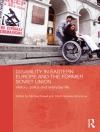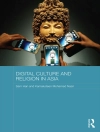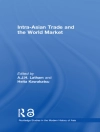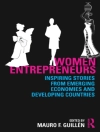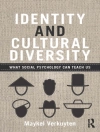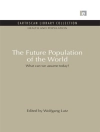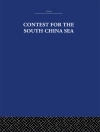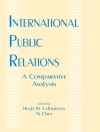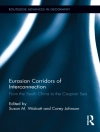Can we expect our scientific theories to make up a unified structure, or do they form a kind of ‘patchwork’ whose pieces remain independent from each other? Does the proliferation of sometimes-incompatible representations of the same phenomenon compromise the ability of science to deliver reliable knowledge? Is there a single correct way to classify things that science should try to discover, or is taxonomic pluralism here to stay? These questions are at the heart of philosophical debate on the unity or plurality of science, one of the most central issues in philosophy of science today. This book offers a critical overview and a new structure of this debate. It focuses on the methodological, epistemic, and metaphysical commitments of various philosophical attitudes surrounding monism and pluralism, and offers novel perspectives and pluralist theses on scientific methods and objects, reductionism, plurality of representations, natural kinds, and scientific classifications.
About the author
Stephanie Ruphy is professor of philosophy of science and head of the research laboratory PPL (Philosophy, Practices, and Languages) at Universite y Grenoble Alpes in France. She is also president of the Societe de philosophie des sciences.


